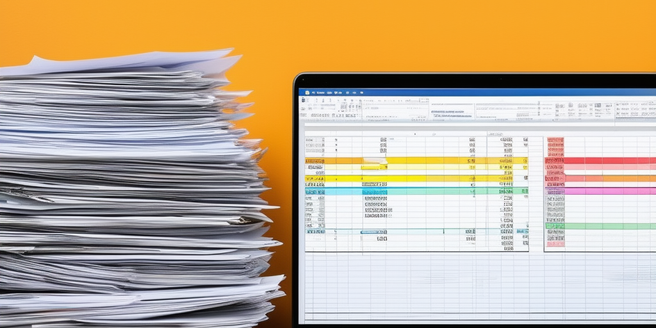Innovative Ways To Track Sweepstakes Entries

Understanding Traditional Tracking Methods
Traditional tracking methods for sweepstakes entries often involve manual processes, like maintaining spreadsheets or using a physical binder to record each entry. This can work well for smaller contests with fewer entries. However, the manual nature of this method invites human error and can become cumbersome when handling large numbers of entries. While traditional methods offer a tangible way to track participation, they require regular updates and vigilant monitoring to ensure accuracy. One advantage is the straightforwardness and minimal initial cost, making it accessible for those who prefer simplicity. However, as the volume of entries grows, traditional tracking can pose challenges such as data loss, misplacement of entries, and difficulty in ensuring all entries are accounted for. Therefore, understanding these limitations highlights the need for more efficient tracking solutions.
Utilizing Digital Tools for Enhanced Tracking
Digital tools have revolutionized how sweepstakes entries are tracked, offering enhanced accuracy and ease of access. Platforms like Excel or Google Sheets provide auto-calculations, reducing errors common in manual entries. More advanced tools like CRM software can track and analyze data in real-time. These digital solutions streamline the process, making it simpler to categorize entries, flag duplicates, and analyze trends over time. The ability to integrate these tools with other software further enhances their functionality, allowing for seamless data transfer and centralized storage. This eliminates the risk of data being scattered or misplaced and ensures that all information is updated and readily accessible. Moreover, digital tools offer scalability, making them ideal for handling large volumes of entries without the need for significant manual intervention.
Incorporating Automation for Efficiency
Automation in tracking sweepstakes entries can significantly boost efficiency and reduce manual workload. With automated tools, data entry, verification, and even winner selection can be performed with minimal human intervention. This not only increases accuracy but also speeds up the process, providing real-time insights and updates. Automation software can be programmed to filter, categorize, and sort entries upon submission, and even to notify participants of their status. By reducing manual input, the likelihood of errors is minimized, and staff can focus on strategizing rather than routine tasks. Moreover, automation can facilitate integration with marketing tools, providing a holistic view of participant engagement and enabling more effective planning of future campaigns. As a result, incorporating automation is a smart investment for improving overall sweepstakes management.
Leveraging Mobile Apps for On-the-Go Tracking
Mobile apps offer a dynamic way to track sweepstakes entries on the go, providing unprecedented convenience and accessibility. Through dedicated applications, organizers can monitor entries anywhere, anytime, without being tethered to a stationary device. These apps often come equipped with features like push notifications, real-time syncing, and offline mode, ensuring that data is accessible even without an internet connection. Participants can also use apps to engage more interactively, submitting entries, checking their status, or being notified of winners directly from their devices. Mobile apps enhance user experience and streamline the entry tracking process by eliminating geographic and time constraints. As mobile technology continues to evolve, its role in tracking sweepstakes becomes increasingly vital in maintaining efficiency and improving participant satisfaction.
Analyzing Data to Optimize Participation
Data analysis plays a crucial role in optimizing sweepstakes participation, enabling organizers to fine-tune their strategies based on insights gleaned from entry data. By examining metrics such as entry frequency, demographic information, and engagement trends, organizers can identify which aspects of the sweepstakes are most attractive to participants and adjust accordingly. This analysis can reveal patterns that suggest optimal times for promotions or indicate which prizes are most sought after. Additionally, data analysis helps in identifying bottlenecks or any issues in the entry process, allowing for improvements that enhance user experience. By leveraging this data, future sweepstakes can be tailored more precisely to audience preferences, boosting participation and maximizing return on investment. This data-driven approach ensures that each aspect of the sweepstakes is aligned with the participants’ interests.